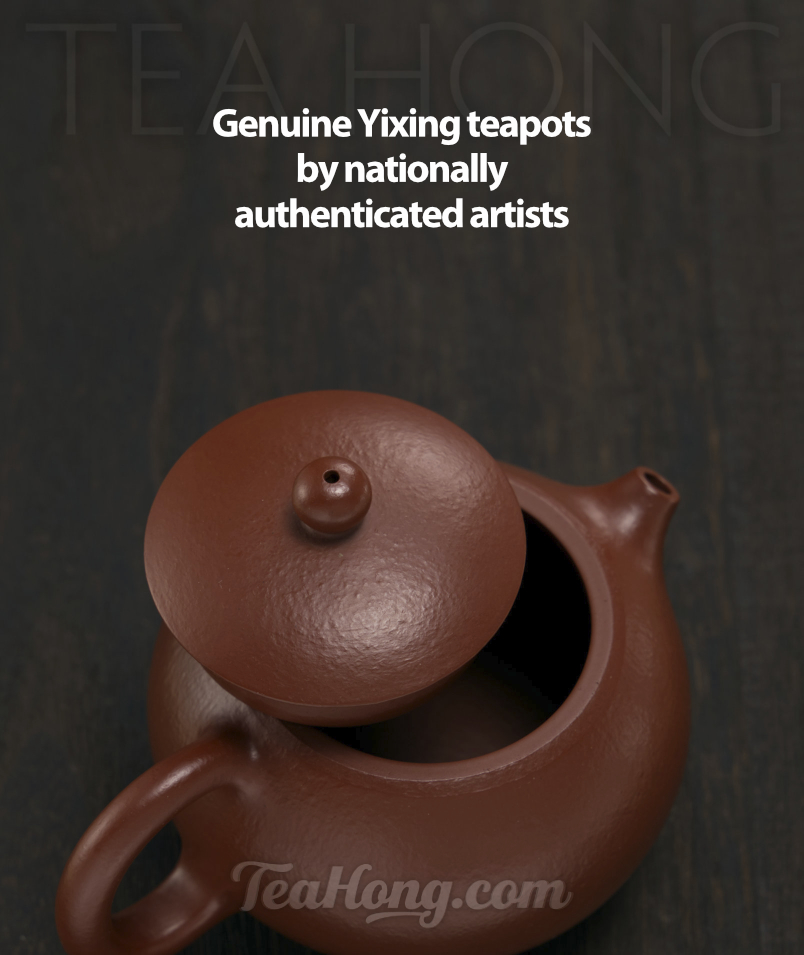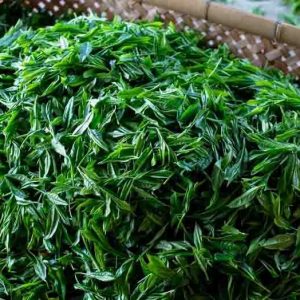Home › Dialogues › Tea Making › Multiple infusion for black tea
- This topic has 3 replies, 4 voices, and was last updated 9 years, 1 month ago by
 Tea Guardian.
Tea Guardian.
-
AuthorPosts
-
-
2014.11.13 at 11:11 pm #12223
Manila Tran
ParticipantI have read this topic in another forum and would like to share it in this forum for your feed back:
_____________
We all know that you can steep white, green, oolong, and pu-erh teas multiple times, but most people believe that multiple steepings of black tea simply doesn’t work. I was wondering if anybody in our group could give me the science behind why that is so. I do have some suspicions. First, we use hotter water to make black tea, so more is extracted from the leaves on the initial steeping. However, we also use 200+ degree Fahrenheit water for pu-erh, yet it stands up quite effectively to multiple steepings. The second thing is that the catechins in the tealeaves are converted to theaflavins and thearubigans, which may give up more of their flavor in the initial steeping. In addition I am not sure how the greater oxidation levels of black tea affect the quantity of L-Theanine in the tea. Finally, it could be that because black tea is stronger and has more body, the contrast may just be greater between steepings (and I recognize this may refer back to the first point.Of course there is the possibility that it is just tradition we are talking about here, and not science.
____________My view and experience are somewhat different from this, but would like to hear from you first.
-
This topic was modified 9 years, 6 months ago by
Manila Tran.
-
This topic was modified 9 years, 6 months ago by
-
2014.11.16 at 12:59 am #12243
zachno
ParticipantIf you steep green tea for long enough, like 6 or 7 minutes, the second infusion does not taste like much either. I tried with both better longjing and less expensive april mist. Same situation.
-
2015.02.16 at 12:43 pm #12635
pancakes
ParticipantSome teas just hold up better to multiple infusions and retain their characters better. These tend to be the “sturdier” teas like puer. I wouldn’t be surprised if Lu’an Guapian could also be used this way, and I suspect Tianshan April Mist would also hold up well.
I haven’t noticed black tea as being particularly bad with multiple infusions, although usually they’re not great for that. I have noticed that Wuyi oolongs don’t stand up to multiple infusions very well, which is probably why people sometimes use the gongfu method instead.
Tea leaves only have a certain amount of “stuff” inside them, and no matter how much cleverness you have, you can only get so much out of them. I never believe people who say that such-and-such high quality tea is good for 10 infusions or something like that.
My preferred method is to just use a small amount of leaves and only do 2 infusions at the most — often just 1 infusion. It’s very simple and flexible, and requires little time or commitment. The tea never gets too strong, it tastes good, and lighter tea doesn’t take on undesirable qualities as easily.
It’s also good for the “grandpa” method. You can just sprinkle a few leaves in your cup, pour the water on top, and enjoy. With fewer leaves, it’s easier to drink because they aren’t constantly floating into your mouth. 😉
-
2015.03.25 at 5:31 pm #12940
 Tea GuardianKeymaster
Tea GuardianKeymasterI still remember the term “grandpa” method you use. It is actually a most useful daily method. I’d definitely cover whatever the infusion vessel is so it gives me the best possible result.
I also have to add that gram per gram, some teas does give more taste than others. More rounds of infusion, if you prefer. Generally black is not a top performer, but not as bad as green. However, tea category is certainly not the way to see this. It is the individual selection that makes the difference.
-
-
AuthorPosts
- You must be logged in to reply to this topic.










